“Photography by © Adam Mastoon, from Poultry Breeds, © by Carol Ekarius, used with permission from Storey Publishing.”
This is a great time to scour your seed catalogs and make your "seed wish list" for this spring and summer. If you raise chickens, like I do, this is also a great time to check out online hatcheries for specialty breed day-old baby chick selections. Poultry Breeds by Carol Ekarius is a great new pocket size book that gives you a lot of information at your finger tips. Ekarius describes 104 essential poultry breeds and their attributes, along with beautiful photos.
As I mention in my book, Gardening with Free-Range Chickens for Dummies (Wiley 2013), chicken breeds are as diverse as dog breeds, so do your research on what types of chicken breeds will work best for your and your family's lifestyle, location, and specific desire for raising chickens.
I have two remaining hens, Copper Penny and Amelia, from my original flock of ten chicks in 2012. Some of my flock I gave away to good homes, and some passed on with shorter life spans. Copper Penny and Amelia have ended their egg drought recently, having molted and stopped laying for about 8 weeks. With increasing day lengths and turning 5 years old this May, it is really amazing. I won't get eggs everyday at this age, but their eggs are golden. My seasoned hens will help with my new pullets (young hens) this spring, showing them the ropes around the chicken coop and garden.
I am currently looking at some of the more uncommon poultry breeds, supporting the Heritage Poultry Conservancy. Lifestyle expert, P. Allen Smith, at his Moss Mountain Farm in Arkansas, is a great advocate and enthusiast for heritage poultry conservancy. Three great online hatcheries I recommend to order a variety of day-old baby chicks are: My Pet Chicken, McMurray Hatchery, and Cackle Hatchery. Hurry, as I see many breed selections are sold out for the time being or have limited availability already this spring.
Remember, "Love Thy Chickens, and Keep on Clucking!"


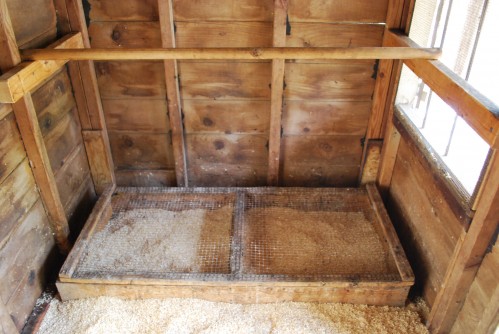 Don't you wish sometimes you could freeze time? Like after you have just finished deep-cleaning your chicken coop. All the cobwebs are swept away, all of the old bedding has been removed, dust and dirt has been vacuumed out, and the entire chicken coop has been sprayed with
Don't you wish sometimes you could freeze time? Like after you have just finished deep-cleaning your chicken coop. All the cobwebs are swept away, all of the old bedding has been removed, dust and dirt has been vacuumed out, and the entire chicken coop has been sprayed with 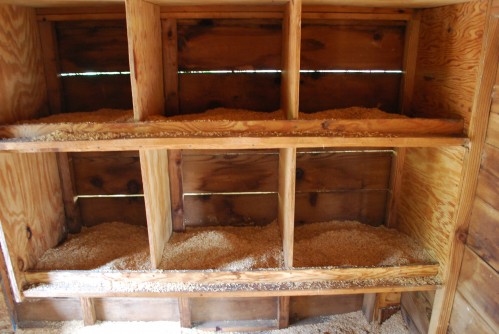 Don't forget about deep cleaning the nesting boxes, too. Keeping your nesting boxes clean, and with clean bedding makes for happy hens. I mention in my new book,
Don't forget about deep cleaning the nesting boxes, too. Keeping your nesting boxes clean, and with clean bedding makes for happy hens. I mention in my new book,  , keeping your chicken coop clean and well-maintained goes a long way in raising happy, healthy, and thriving chickens. How often you have to deep-clean your chicken coop is dependent on many variables such as how big is your flock, what kind of chicken coop set-up you have, and how you manage your routine cleaning.
, keeping your chicken coop clean and well-maintained goes a long way in raising happy, healthy, and thriving chickens. How often you have to deep-clean your chicken coop is dependent on many variables such as how big is your flock, what kind of chicken coop set-up you have, and how you manage your routine cleaning.
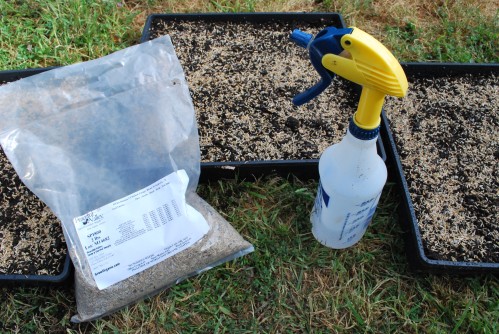
 with coauthor Rob Ludlow of
with coauthor Rob Ludlow of 

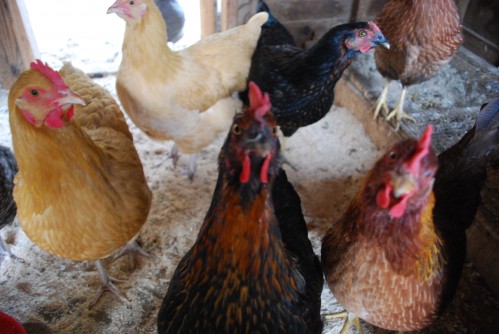
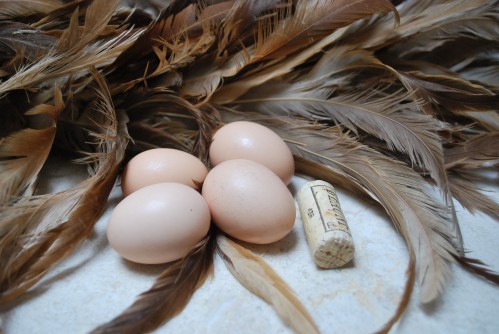
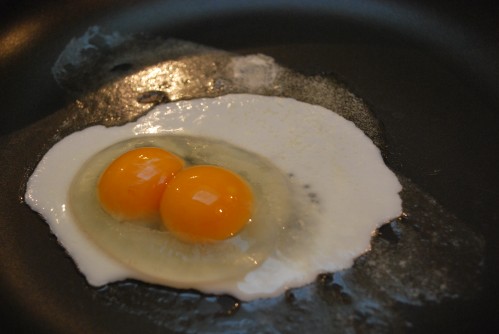
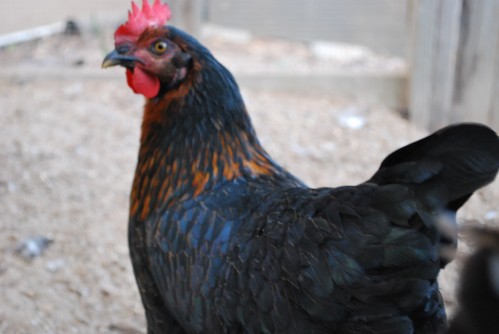

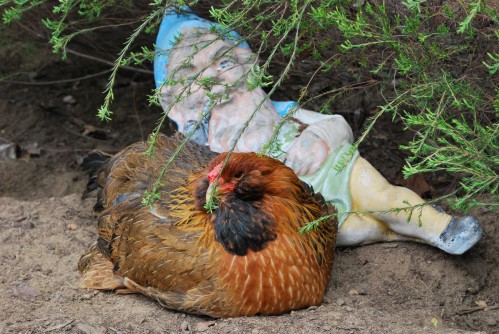
 , Damerow describes the Ameraucana breed as originally from Chile, and one of only two breeds that lay this special blue-colored egg. She also writes the Ameraucanas breed has many many color varieties, and can be large or bantam in size. In Damerow's new book, she lists and describes many more poultry breeds at your finger tips.
, Damerow describes the Ameraucana breed as originally from Chile, and one of only two breeds that lay this special blue-colored egg. She also writes the Ameraucanas breed has many many color varieties, and can be large or bantam in size. In Damerow's new book, she lists and describes many more poultry breeds at your finger tips.